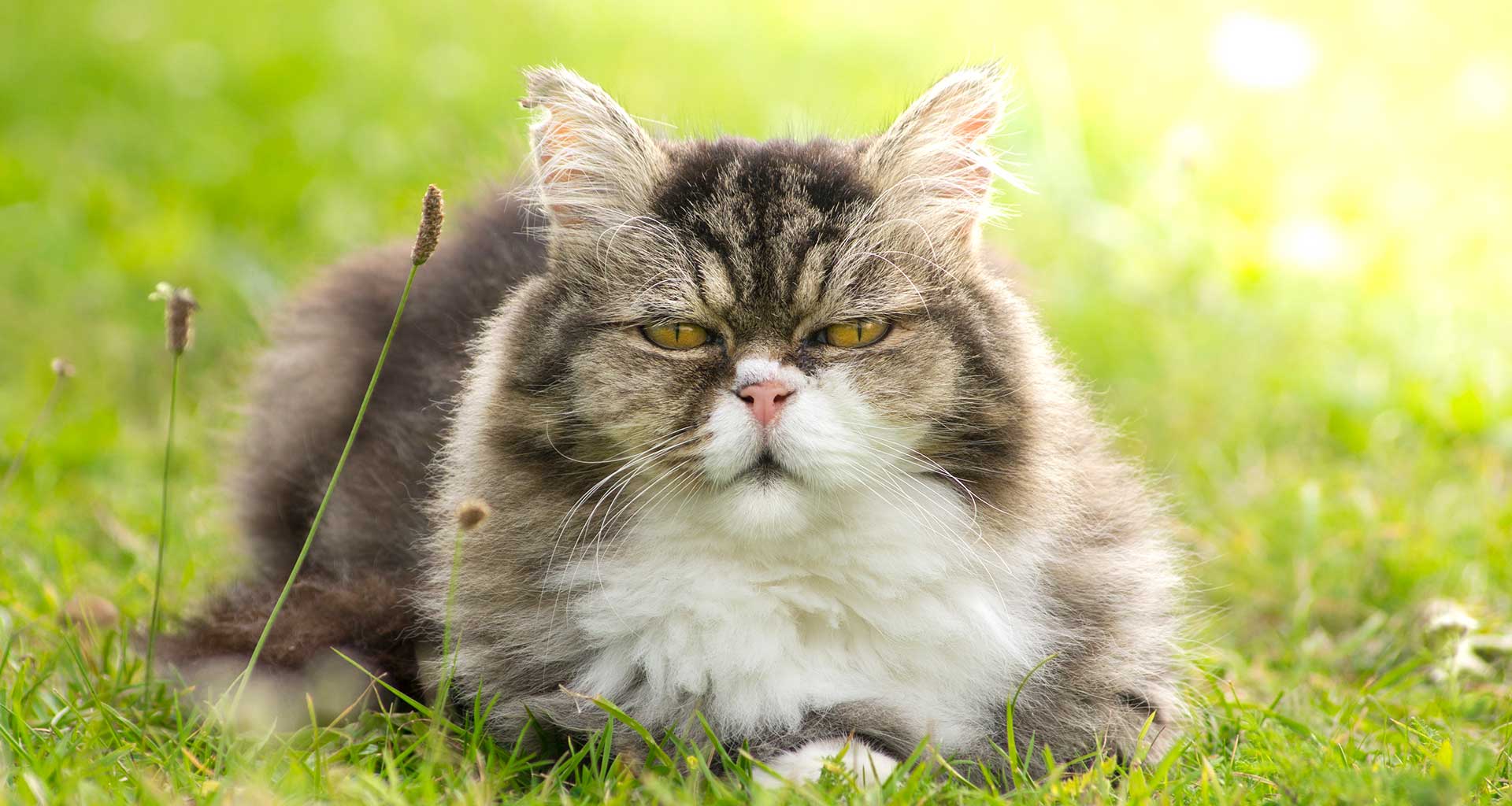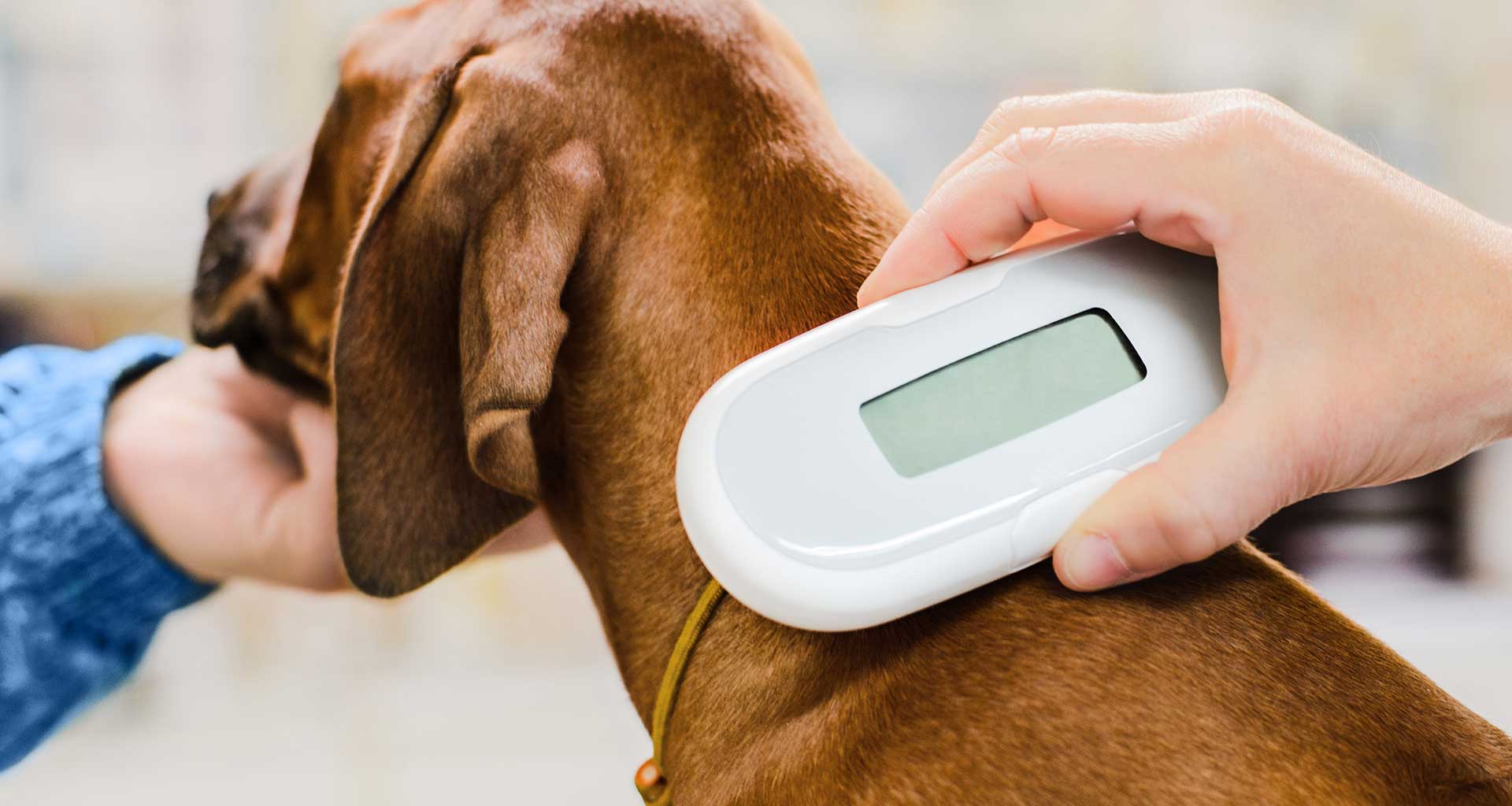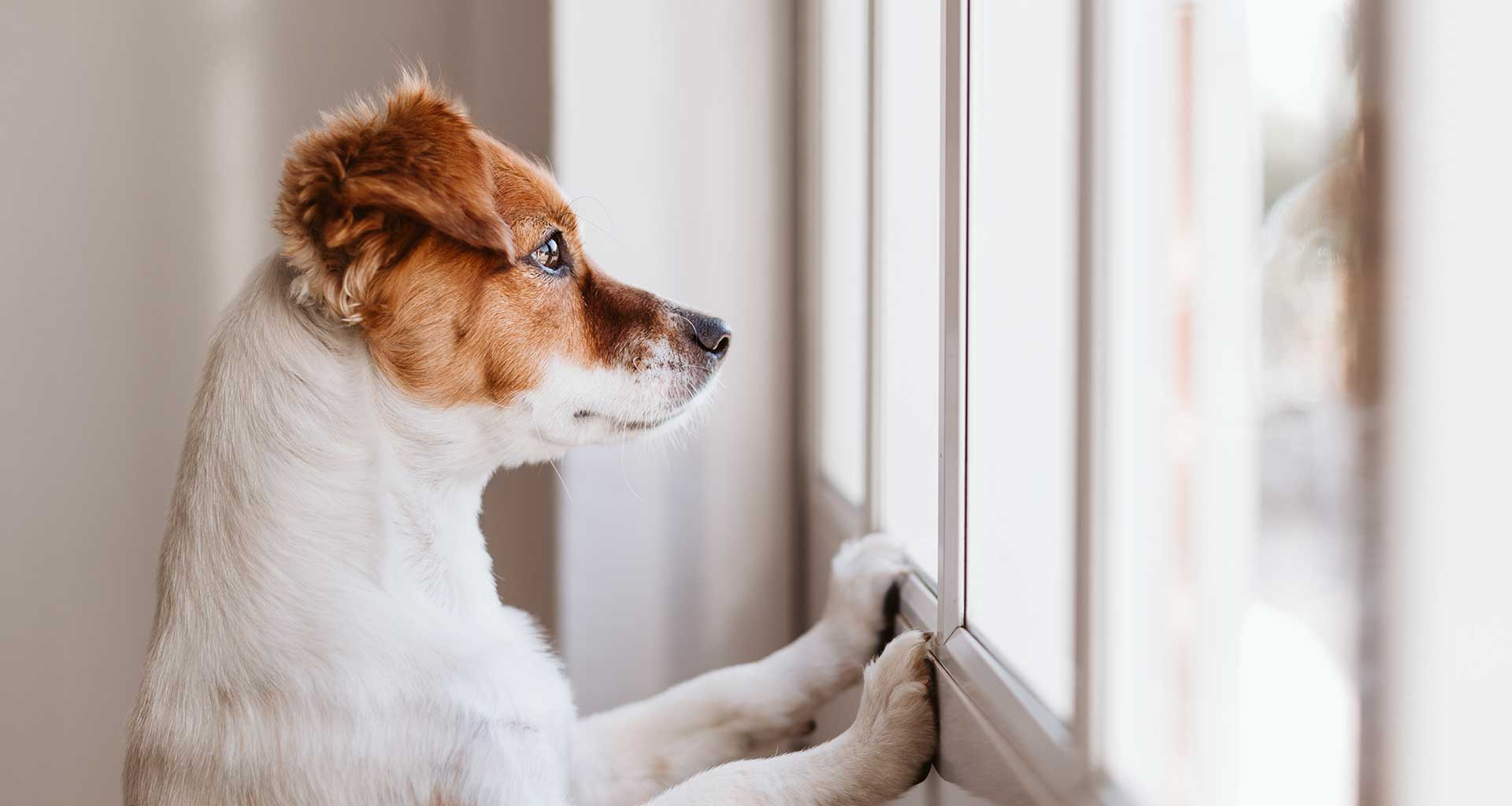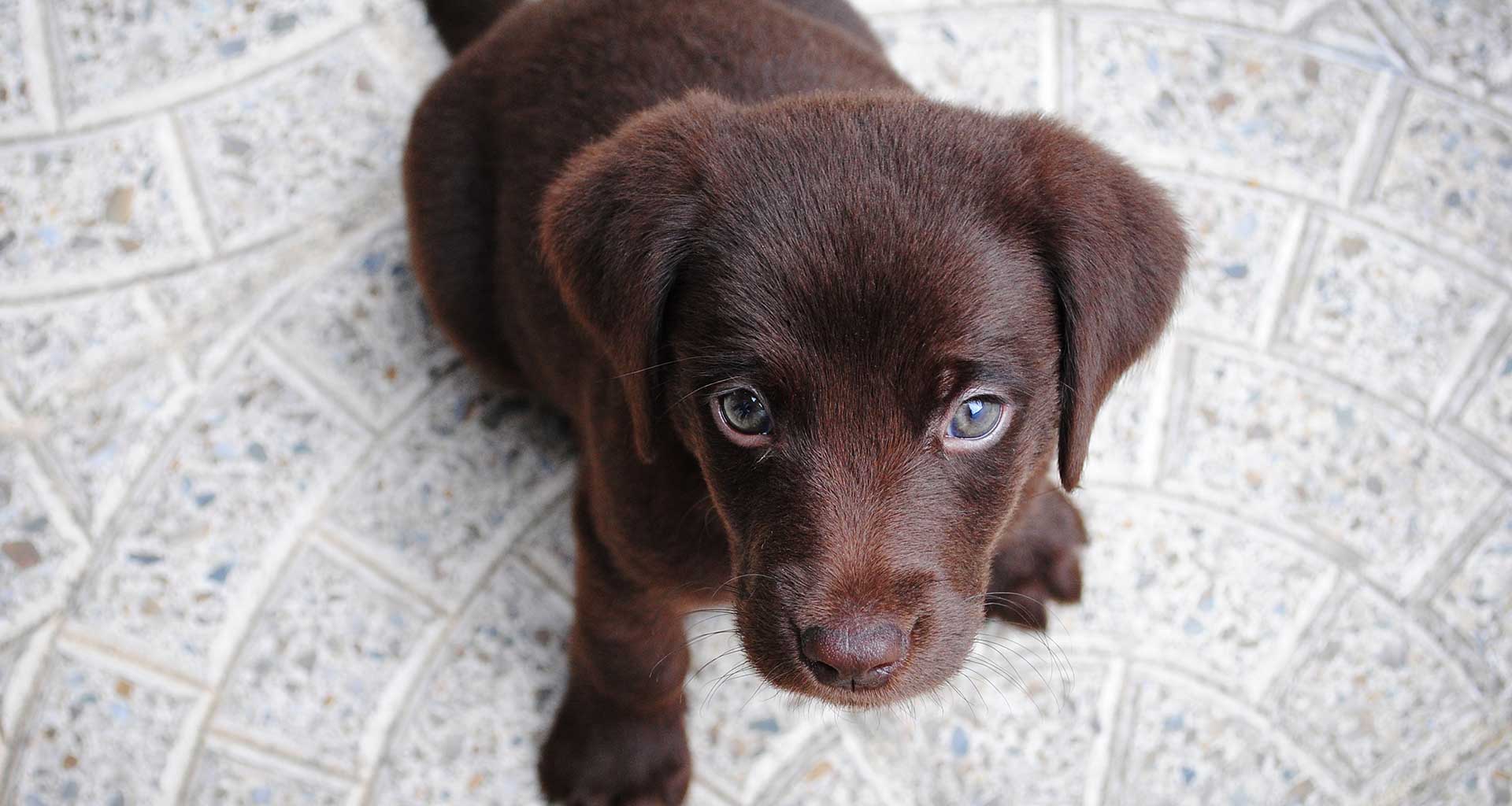Why is weight control important?
Just like us, the risk of developing health problems and living a shorter, uncomfortable life is much higher in overweight pets than if they maintain an ideal weight. Overweight pets have a greater risk of arthritis, liver disease, pancreatic disease, breathing difficulties as well as heart and circulatory problems. All these problems can significantly affect their quality of life.
How do I tell if my pet is overweight?
There are a number of different ways to tell if your pet is over weight:
- Compare their weight with recommended breed standards.
- Run your hand along the body. If you are unable to feel the ribs and they don’t have a waist they will be
overweight. - Use a ‘Body Condition Score‘ chart to give you an idea of their size.
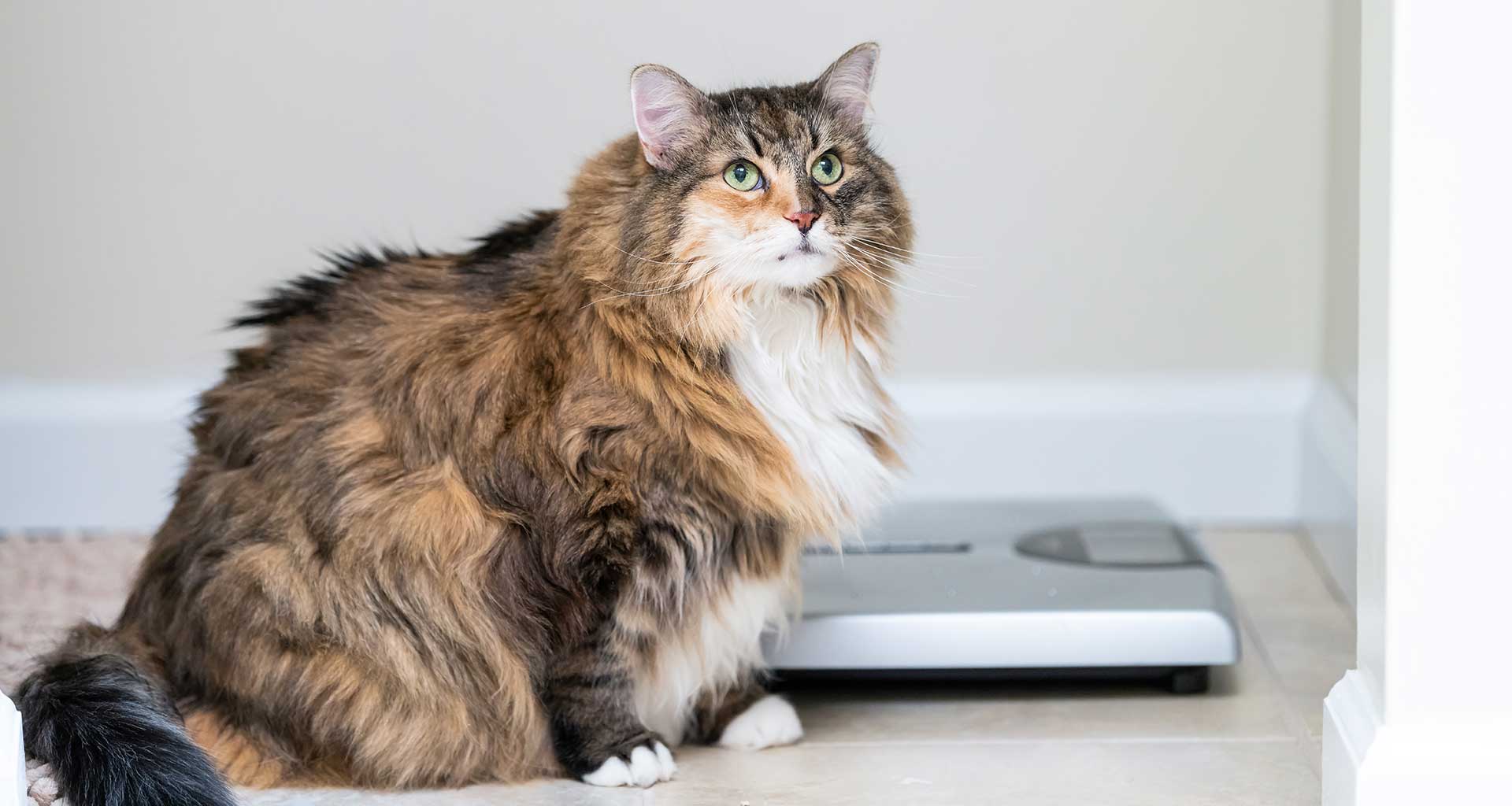
My Pet is overweight, what do I do now?
Before commencing a weight loss diet it is important that we examine your pet. Some medical conditions can cause obesity in dogs, and some conditions, such as congestive heart failure and abdominal cancers, can result in weight gain from fluid retention. Any underlying cause for weight gain will need to be treated as part of the weight loss programme.
Once we have determined there are no medical conditions affecting weight gain, or these conditions are being treated, we will enrol you in our ‘Porky Pets’ Programme.
Our ‘Porky Pets’ coordinator will review your Pet’s condition, record the starting weight, calculate a target weight and design a weight loss diet designed to achieve the required weight. Your pet will be monitored with regular weigh-ins to check weight loss progress.
How do Weight Loss diets work?
- Weight loss diets are formulated to help regulate metabolism.
- Reduced carbohydrate and fat encourages metabolism of stored body fat to provide energy.
- High protein levels help preserve a lean body mass and help regulate the blood sugar levels.
- Moderate levels of fibre in the diet increase the food volume without adding extra calories. This has the effect of making your pet feel ‘full’ so they don’t go looking for more food.
- Nutrient additives such as L-Carnitine and Antioxidants act to improve energy metabolism and reduce cell damage.
Tips for successfully dieting your pet
- It is important that every-one at home, and even your neighbours, work together. One of the main reasons weight loss programmes fail is that not every-one is prepared to follow our recommendations for diet, treats and exercise.
- Only offer the recommended Weight Reduction Diet at the recommended amount. Offering food other than the recommended diet can significantly reduce the success of weight loss programmes. Some pets will try to train you to offer them alternative, high calorie diets, rather than the recommended weight loss diet.
- Divide your pet’s total daily food allowance into two or three small meals each day. This will reduce begging for other foods when you are eating and also reduces their digestive efficiency resulting in more calories burned.
- Offering table scraps and left-overs will dramatically increase calorie intake and reduce the effectiveness of weight loss. It is a good ideal to keep your pet out of the dining area while you are eating.
- Treats should be restricted to rewards for good behaviour and not as a substitute for normal meals. There are a number of Low Calorie treats available and these should be used rather than high calorie alternatives. For some pets a new toy makes an excellent substitute for a food treat. The type and number of treats you are giving will be considered when calculating your pet’s overall calorie levels.
- As well as reducing energy intake, increasing energy use will also help your pet lose weight. This is usually much easier for dogs than cats. However, exercise must be carefully tailored to your pet’s condition. Regular slow walking on the flat is best. If your pet is not fit, has arthritis or heart disease, start with short sessions (5 minutes) once or twice daily. As your pet loses weight and regains fitness you can gradually increase the time they exercise. A good rule of thumb is increase by 5 minutes a session at weekly intervals. In Summer always avoid exercising overweight pets in the hottest part of the day as they may develop heat stress.
- This chart demonstrates how too many treats can upset a weight loss programme.
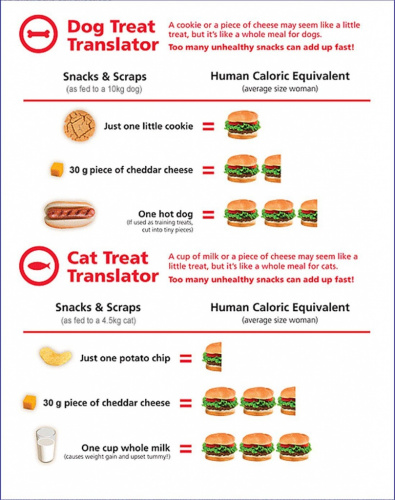
- Cats can be encouraged to exercise by setting up a maze for them to walk through to get to their food bowl or moving the food bowl to different locations around the house. Many cats find the bright red light produced by laser pointer an irresistible object to chase or follow.
- Regularly weigh your pet and chart their progress. Every two weeks is a good interval. The aim is to gradually lose weight over time. Rapid weight loss can be harmful or may indicate major disease processes. If your pet loses weight rapidly we should check for problems. Alternatively, if your pet is not losing weight as expected you should check that everyone is ‘sticking to the programme’. You may need to schedule a revisit with the Porky Pets coordinator to reassess and adjust the diet. Remember there are significant benefits to your pet to live at a healthy weight.
What do I do when my pet has lost enough weight?
Sadly for most pets, and for us as well, keeping the weight off can be a struggle. Your pets weight should be constantly monitored and food intake, treats and exercise adjusted accordingly to maintain an ideal weight. There are nutritionally balanced diets designed to maintain pets at an ideal body weight available. We may recommend changing to one of these, but usually we will adjust the amount of their current weight loss diet once the target weight has been achieved. You should schedule a consultation with the Porky Pets coordinator to confirm your pet has reached an acceptable weight and to work out a ‘weight maintenance’ programme. You can bring your pet for regular free weigh-ins to check they are still maintaining an ideal weight.
Generally your reward will be a happier, healthier, more active pet who will benefit from improved quality of life as a result of your efforts.
